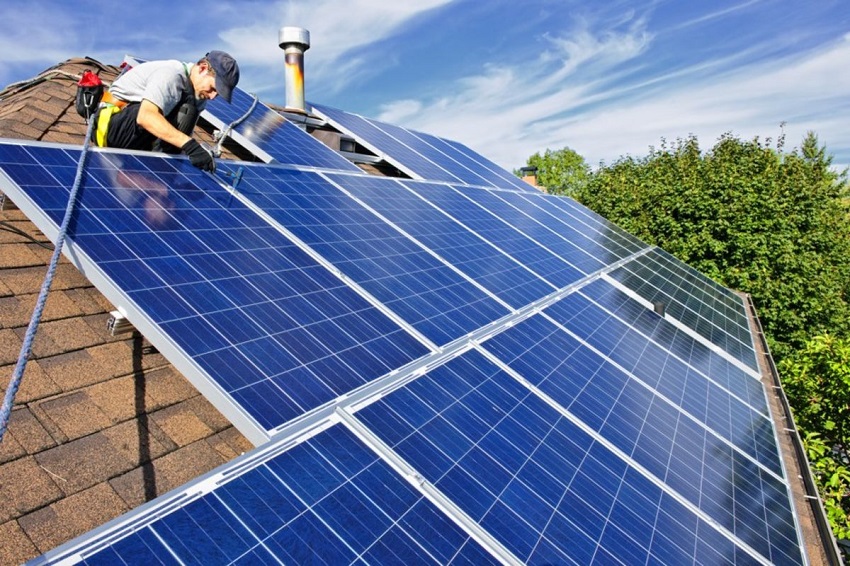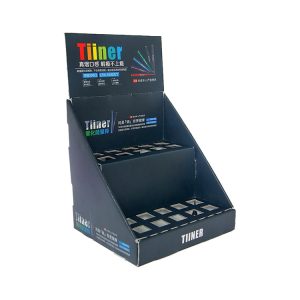Integrated solar and storage systems will require installers to have extensive knowledge of building electrical wiring, CAT 5/6 wiring, and various wireless communication solutions. They’ll also need to have a working knowledge of dozens of inverter/battery configurations. In the future, one of the most important solar energy trends will be how much generating capacity can be stored.
New Applications of Solar Power
Scientists have been looking for ways to improve solar power storage in recent years. For example, Swedish researchers developed a technique to store solar energy for up to 18 years. Then, they sent a unique molecule to Shanghai Jiao Tong University, where the researchers converted the point into electricity.
These technologies have helped reduce the costs of solar panels, the most popular form of solar power. In addition, they make the process much more efficient. One of the latest developments in solar technology is n-type solar cells, a combination of heterojunction and TOPCon (passivated contact) cells. This new combination of technologies allows for a much higher energy harvesting capacity.
Batteries can also help stabilize power from renewable resources. Megawatt-scale projects have shown they can smooth out variability and respond much more quickly than conventional resources. This makes large battery arrays the stabilization technology for short-duration renewable integration. Although the demand for energy storage in the U.S. is far less than the supply, battery arrays have rapidly become the technology of choice. For example, California’s ISO estimates that peak frequency regulation will need up to 2000 MWh in 2018, far below the current global storage capacity.
Smart Energy Storage Technology
The use of energy storage technology is increasing across various sectors, including distributed generation, microgrids, transmission, and distribution. This technology is vital for ensuring stable and safe operations of power systems. The energy storage market is expected to grow in the coming years as governments worldwide have begun to invest in various projects to help save the environment. Several challenges are ahead of the technology, including cost reduction and operational control. However, these challenges are likely to spur the development of the industry.
The falling cost of batteries and other technologies is expected to encourage a rise in demand for energy storage. As battery costs decrease, deploying these systems will become more economical, making them a viable option for many clients. They also have several advantages over fossil fuel generation and internal combustion systems. In addition, as battery and energy storage technologies become more affordable, utilities are likely to increase their adoption. This will provide additional benefits for both consumers and businesses.
Performance and Forecasting Models
The persistence model is often used to evaluate the performance and forecasting capabilities of solar energy storage techniques. This model is a simple mathematical model that predicts power generation over a given period. It requires historical data to be valid. Other models have shown much better performance than the persistence model. This model is sometimes referred to as a naive predictor. It is usually used for solar power output forecasting and assumes that power output will be similar to power values measured on the last day of the evaluation period.
The TL model has a similar set of characteristics as the baseline model and is used to solve the same problem in different PV plants. For example, it includes the power output measurement value, air temperature, humidity, the year’s month, and the day’s hour. In addition, it considers the geographic differences between the locations of PV panels and the data they collect.
High-Efficiency, Large-Scale Batteries
The use of large-scale batteries is growing, and costs have been falling over the past few years. The United States was a global leader in lithium-ion storage deployment between 2008 and 2017. Utility-scale lithium-ion storage systems have an average duration of 1.7 hours and can store up to 4 MWh. The batteries make up the bulk of the cost of a storage system, along with an inverter and wiring. In the future, utilities will need large-scale battery packs to store electricity and provide backup power for their customers.
In August 2019, 475 MW of battery storage was reported operational. Of these, 11 projects ranged from 10 MW to 87 MW. Of these, most were operated as enhanced frequency response systems. In addition, RWE invested EUR6 million in a 7.8 MW/7 MWh lithium-ion battery system for its power station in Herdecke, near Dortmund, which currently operates a pumped storage plant.
Price Competition for Solar Panels and Inverters
Several factors have influenced the prices of solar modules and inverters. Overcapacity, competition, and government subsidies have all lowered costs. Despite these factors, some manufacturers have chosen to focus on niche markets. For example, SMA Solar, the world’s leading manufacturer of solar inverters, has decided to target the utility-scale solar market. This strategy can help cut costs, but it also limits the company’s ability to serve a particular segment.
Inverter prices, however, have not dropped as much as solar panel prices. However, companies like Real Goods Solar, which purchases most of its inverters from SMA Solar and Enphase Energy, are negotiating better prices with their suppliers. Others, such as Mercury Solar Systems Inc., buy inverters from such manufacturers as SatCon Technology Corp. and Solectria Renewables. As a result, these stocks could be a safe bet if you are looking for cheap, high-quality solar stocks.










